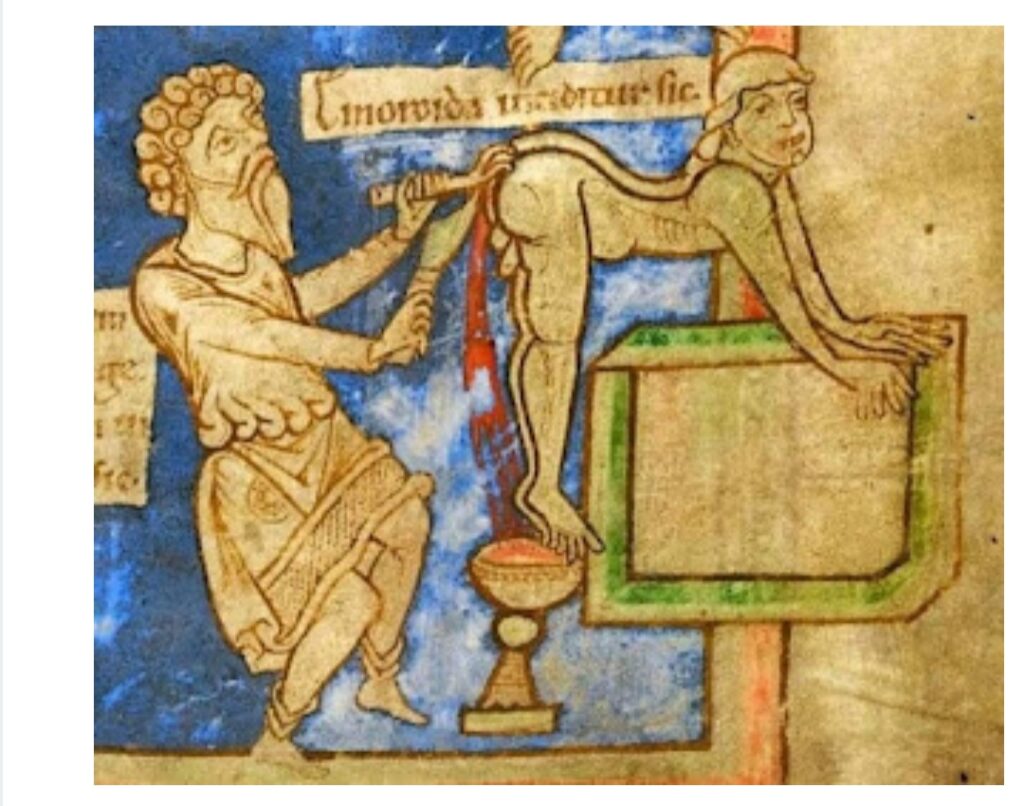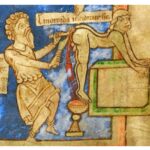
Let’s be real for a moment: the Middle Ages were a wild time, especially when it came to medicine. I mean, we’re talking about a period where if you had haemorrhoids (piles), you weren’t just handed some soothing cream and sent on your way. Oh no! You were in for a treat… and by treat, I mean a literal nightmare about a hot iron in the wrongest region of your body.
Picture this: You’ve got a painful haemorrhoid situation going on. You head to your local healer, hoping for some relief, but what’s their solution? They whip out a boiling iron and decide to burn each of those bad boys off! Yep, you heard that right. BOILING… IRON… ON YOUR REAR END. Talk about a hot seat! I couldn’t resist; that joke practically wrote itself 😆
Hang on, there’s more. If you thought that was the pinnacle of medieval medical madness, think again. Haemorrhoids in those times were often dubbed “St. Fiacre’s curse.” Who was St. Fiacre, you ask? The patron saint of haemorrhoid sufferers. That’s right, they had a saint for that. Some folks even believed sitting on a specific stone (which St. Fiacre apparently sat on) would cure them. If that didn’t work, well, out came the cautery irons or, in some extreme cases, physicians would try to yank them off with their bare hands. Gadamn!
I’ve a nagging feeling that village healers in Africa did better.
Thankfully, by the 12th century, there was a glimmer of hope. Jewish physician Moses Maimonides penned a treatise on haemorrhoids, recommending something quite familiar to us today; a sitz bath. Simple, soothing, and sans any scalding metal.

So, next time you’re feeling down about a trip to the doctor, just remember, at least you’re not getting the medieval (EUROPEAN) treatment.










Leave a Reply